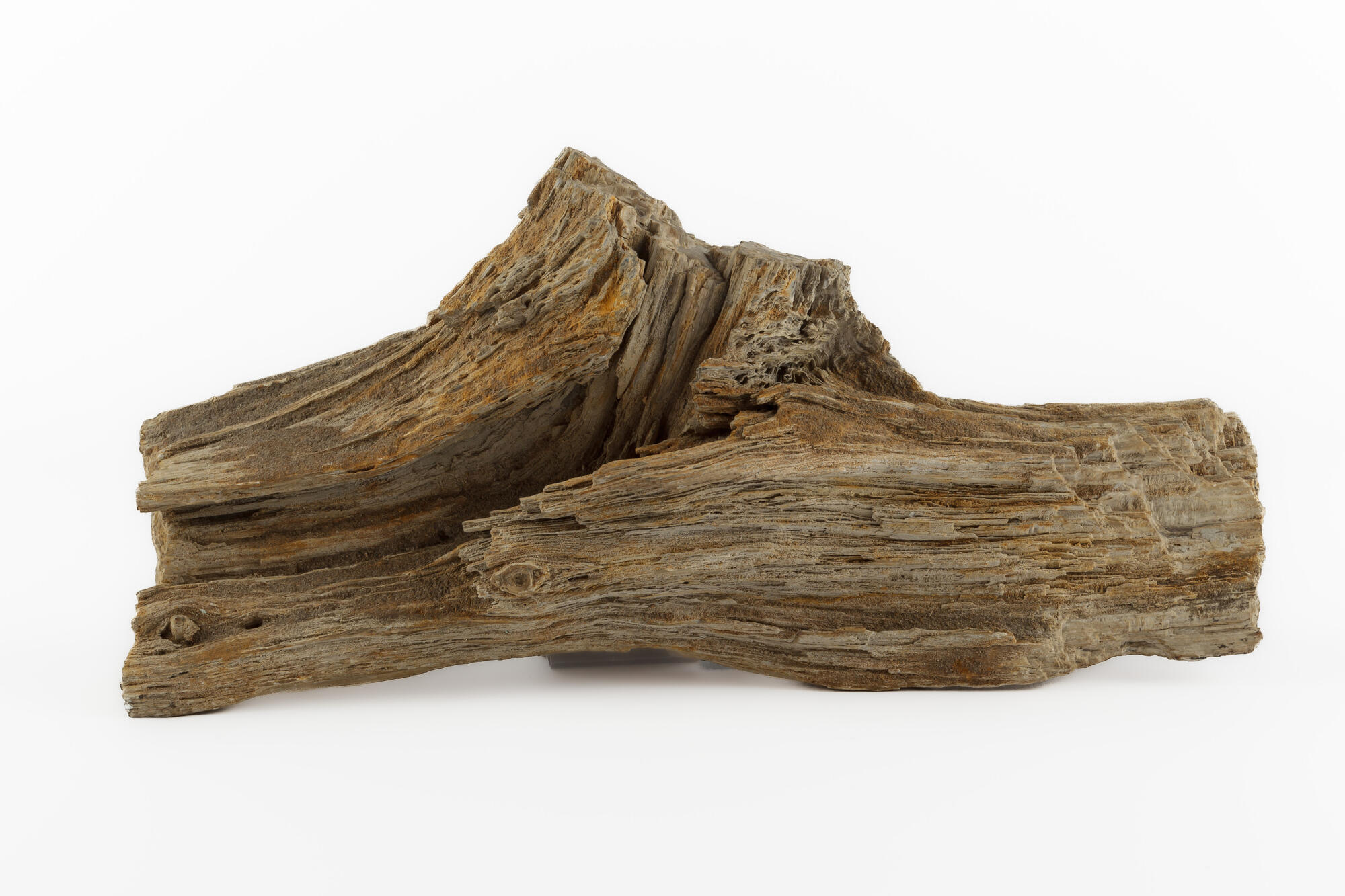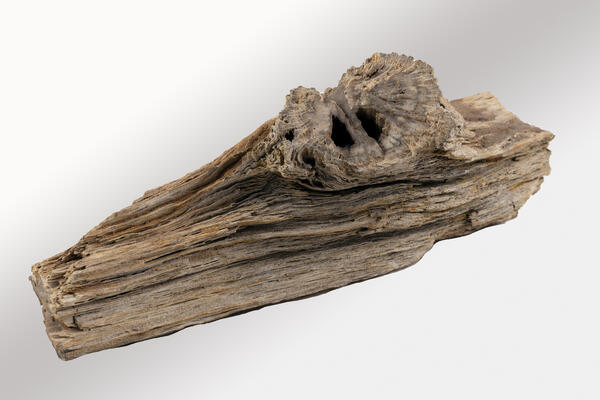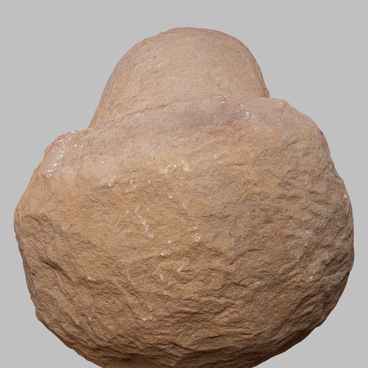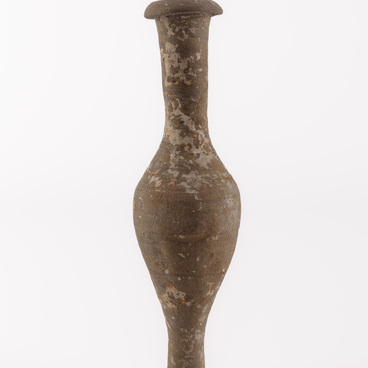Scientists believe that most of the sedimentary rock formation on the Earth’s surface occurred over millions of years. Most of these layers contain fossilized remains of plants and animals. In recent years, a large number of petrified prehistoric trees have been found. It is surprising that not only large petrified trunks, but also small trees and their branches have been preserved. The trees vary in age. There are both coniferous and fruit trees. There are many examples of fossils that extend vertically through multiple layers of sedimentary rock, forming multi-layered fossils.
Petrified wood is the remains of trees that grew in past geological periods. This is no longer a plant, but a stone, since it contains no organic compounds. The chemical composition of this fossil includes silica and various impurities. At the same time, the structure of the tree is often well preserved: annual rings are clearly visible. A significant number of fossils are found in areas with most coniferous forests. The cells of coniferous trees contain silica, and this helps the tissues to mineralize. Deciduous forests do not have much of it. Petrified wood is a mineral structure that took several million years to form. The transformation of wood into stone occurs as a result of the replacement of the primary substance of wood with minerals.
People believe that petrified wood has magical properties. It is believed that it brings about the person’s renewal, brings people back to life, and boosts longevity. This mineral has high decorative value and it is interesting since it can display areas of different color and structure in one cut piece.
The museum exhibition includes a petrified tree of past geological periods. The elongated specimen has a thickening — a knot in the central part. Its vascular structure in the form of longitudinal fibers has been preserved; annual rings are poorly distinguishable on the thickening. This fossil was discovered in the bed of the Zhane River in the summer of 2006 as a result of a field expedition of the Department of Nature of the Gelendzhik Museum.
Petrified wood is the remains of trees that grew in past geological periods. This is no longer a plant, but a stone, since it contains no organic compounds. The chemical composition of this fossil includes silica and various impurities. At the same time, the structure of the tree is often well preserved: annual rings are clearly visible. A significant number of fossils are found in areas with most coniferous forests. The cells of coniferous trees contain silica, and this helps the tissues to mineralize. Deciduous forests do not have much of it. Petrified wood is a mineral structure that took several million years to form. The transformation of wood into stone occurs as a result of the replacement of the primary substance of wood with minerals.
People believe that petrified wood has magical properties. It is believed that it brings about the person’s renewal, brings people back to life, and boosts longevity. This mineral has high decorative value and it is interesting since it can display areas of different color and structure in one cut piece.
The museum exhibition includes a petrified tree of past geological periods. The elongated specimen has a thickening — a knot in the central part. Its vascular structure in the form of longitudinal fibers has been preserved; annual rings are poorly distinguishable on the thickening. This fossil was discovered in the bed of the Zhane River in the summer of 2006 as a result of a field expedition of the Department of Nature of the Gelendzhik Museum.





